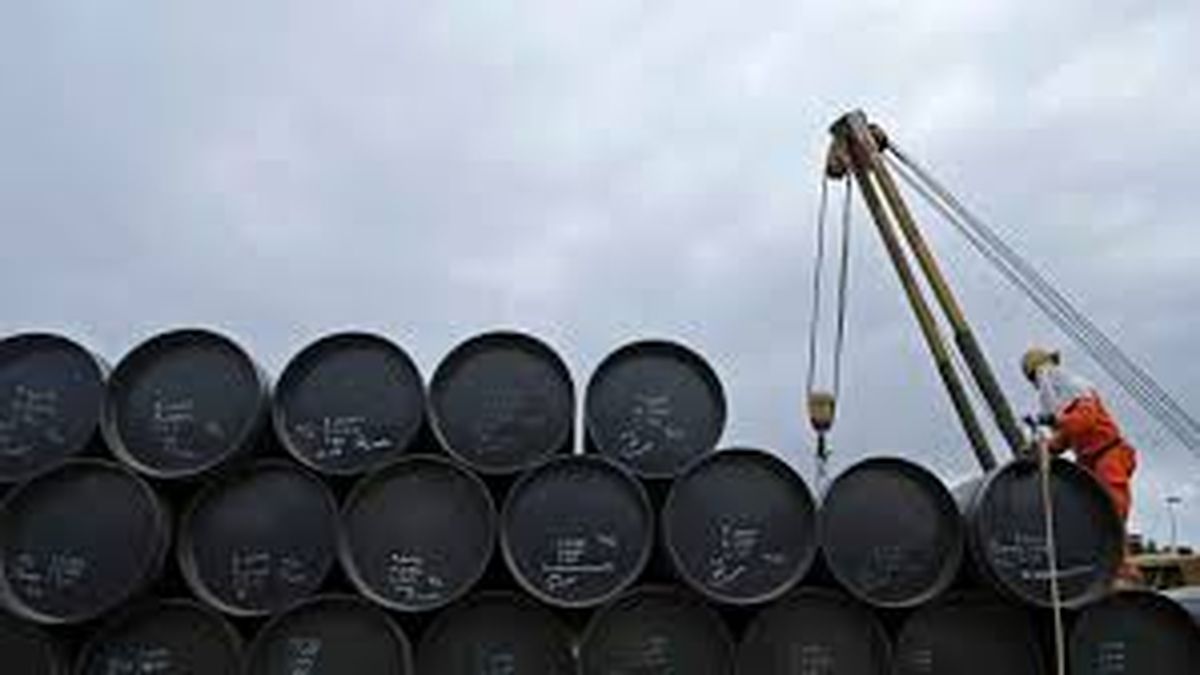The prices of raw fell on Monday, as the limited impact of the conflict middle East in production caused profit taking after the indices oil benchmarks They gained 2% last week.
At mid-morning, the futures of the Brent gave up 49 cents, at $77.80 a barrel, and the West Texas Intermediate in the United States It lost 51 cents, to $72.17.
Several tanker owners have moved away from the Red Sea and several ships changed course on Friday after the United States and the United Kingdom launched attacks against Houthi targets in Yemen, following the Iranian-backed group’s attacks on shipping in response to Israel’s war against Hamas in Gaza.
“The realization that oil supply has not been negatively affected is leading last week’s bulls to take profits, with the move lower somewhat exacerbated by a somewhat stronger dollar,” he said. Tamas Varga, from the PVM brokerage.
On Sunday, the Houthi militia threatened a “strong and effective response” after USA will carry out another attack during the night. Later, Washington said he shot down a missile fired at one of his ships from Yemen.
“As the conflict of middle East is not currently affecting oil production, the geopolitical risk premium in prices now appears modest based on options implied volatility,” Goldman Sachs analysts said in a note.
So far there have been no losses of supply of Petroleum, But disruptions in shipping are indirectly straining the market by keeping 35 million barrels at sea due to the longer trips shippers must make to avoid the Red SeaCiti analysts wrote.
Meanwhile, in Libya Anti-corruption protests threaten to close two more facilities Petroleum and gas, after the closure of the Sharara field, of 300,000 barrels per day, on January 7.
The impact of the oil price for Uruguay
Uruguay is a net importing country of Petroleum through the state company Ancap. Therefore, the fluctuations in international prices directly affect its import capacity and also the reference price for the local market, defined from the Import Parity Price (PPI) which is prepared monthly by the Ursea (Energy and Water Regulatory Unit).
Ancap In 2022 it bought WTI Midland crude oil, whose benchmark is West Texas Intermediate (WTI) of the United States. However, as the state company explained last June when publishing information on all its imports, the reference value for each purchase is usually determined from the average of Brent crude oil in the month of unloading.
Although the first half of 2023, the so-called “financial back” of Ancap allowed the policy of fuel prices In the local market it was not always adjusted by international values, the second half of last year did have a correlation with the fluctuations of the global market and the future values of crude oil.
Source: Ambito




